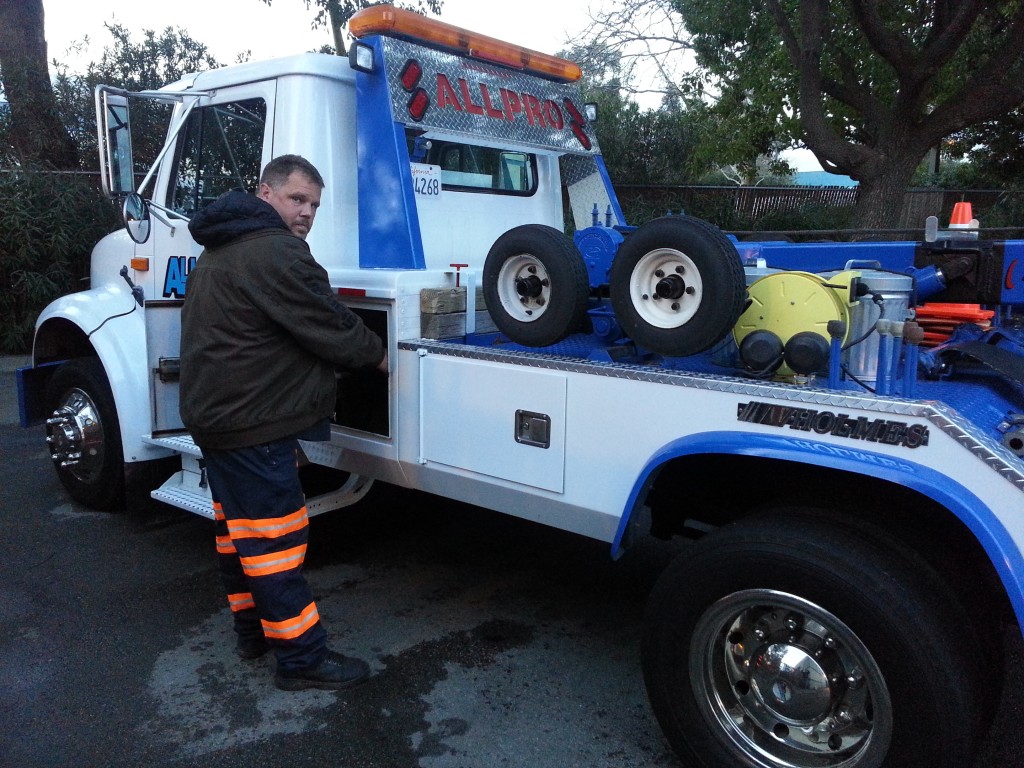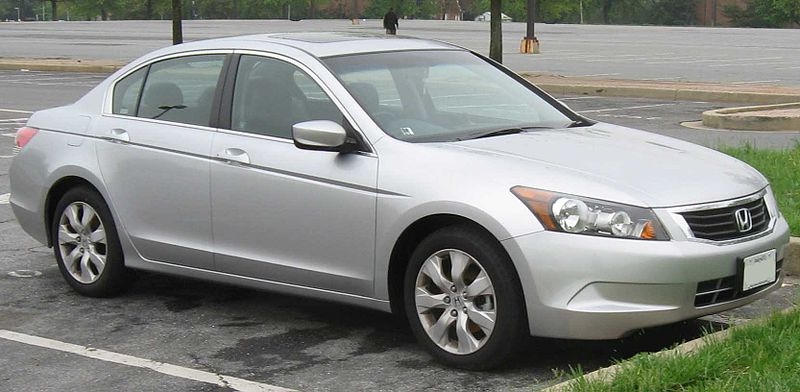Bicyclists are legal drivers of vehicles, with laws and regulations established for their use. But even though bicycles are an increasingly popular and legitimate form of transportation…many bicyclists feel disrespected by motorists…often fighting for their rightful place on the road. Both motorists and cyclists need sufficient space to safely operate in roadway traffic. Just as in any other kind of human engagement, genuine mutual respect needs to exist between both parties. This can be promoted by public service announcements, motorist education programs…even legal measures.
Care & Courtesy — 2 Simple Requirements for Both Motorists and Bicyclists.
- Bicyclists have the same rights and responsibilities as motorists, including the right to ride in the traffic lane. They can ride on all roads, except where restricted.
- Riding against (or facing) traffic is illegal and unsafe for bicyclists to do . Bicyclists should ride on the road, and must ride in the same direction as traffic.
- Motorists must maintain at least three feet of clearance when passing a bicyclist.
- When a road is too narrow for cars and bikes to ride safely side by side, bicycles should take the travel lane, which means riding in or near the center of the lane.
- Bicyclists must obey all traffic controls, signs and signals. It’s the law.
Know the Facts
- A bicycle is considered a “vehicle” (like cars, trucks and motorcycles) in most states. All bike riders must obey the same laws as drivers of other vehicles.
- “Yield to Pedestrians” is a common traffic sign at pedestrian crossings…reminding motorists that pedestrians have the right-of-way. However, motorists must yield to pedestrians in crosswalks even if they’re not marked.
- The biggest difference between motorists and bicyclists as road users is that bicyclists are less visible, quieter and don’t have a crumple zone to protect them.




